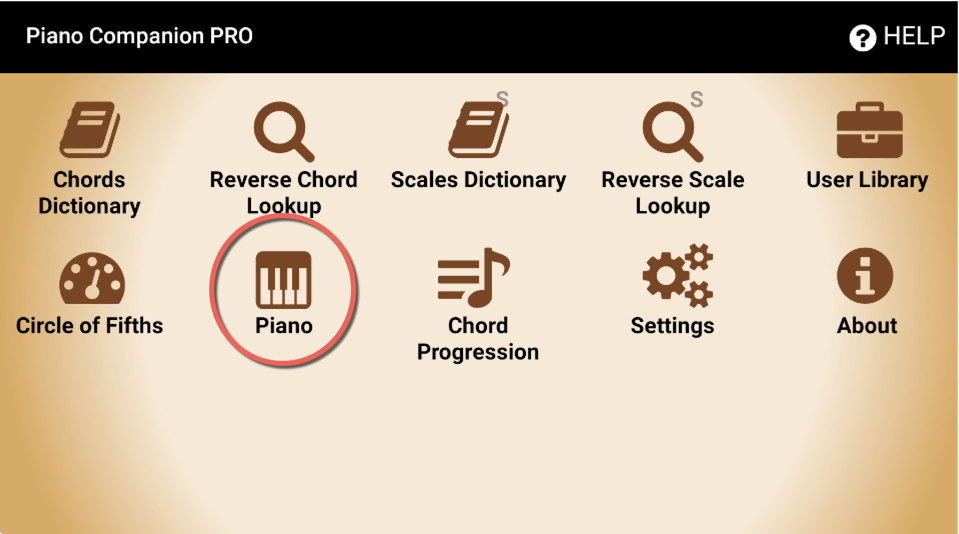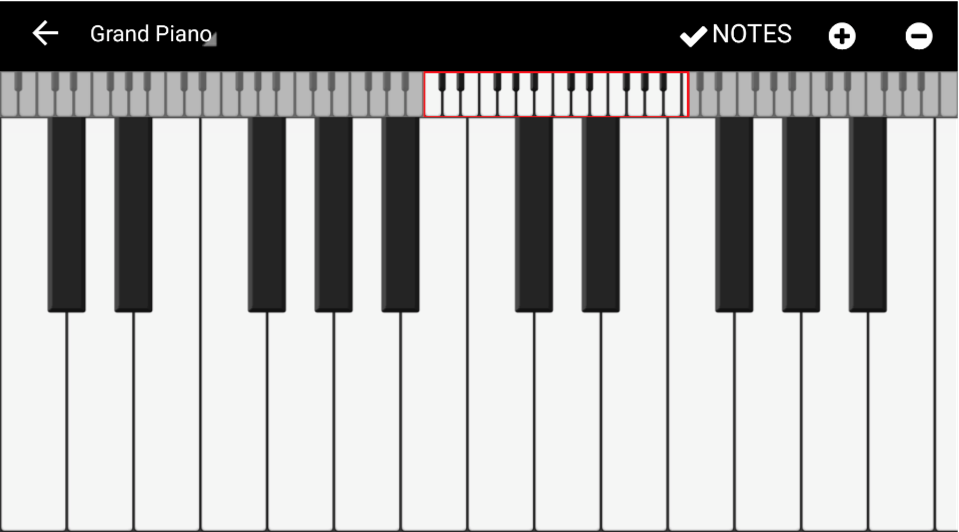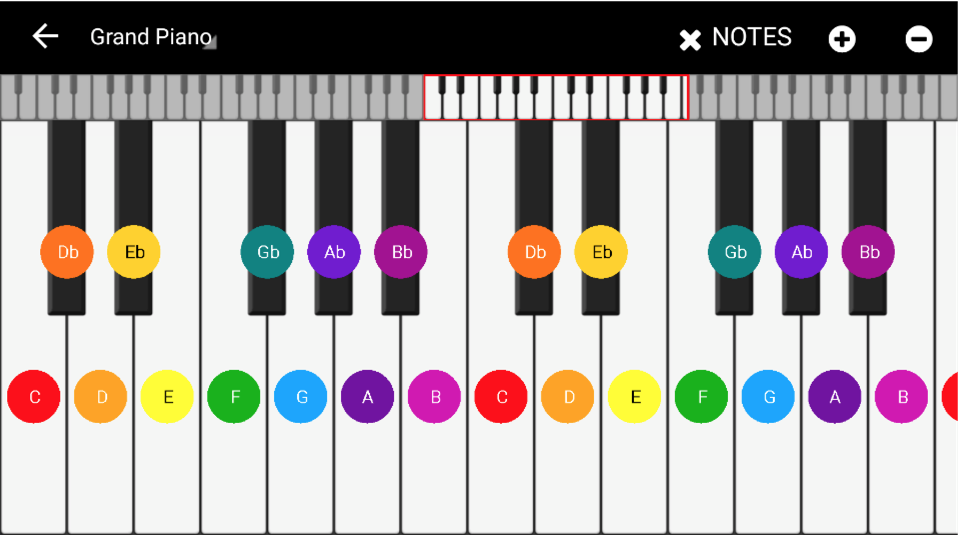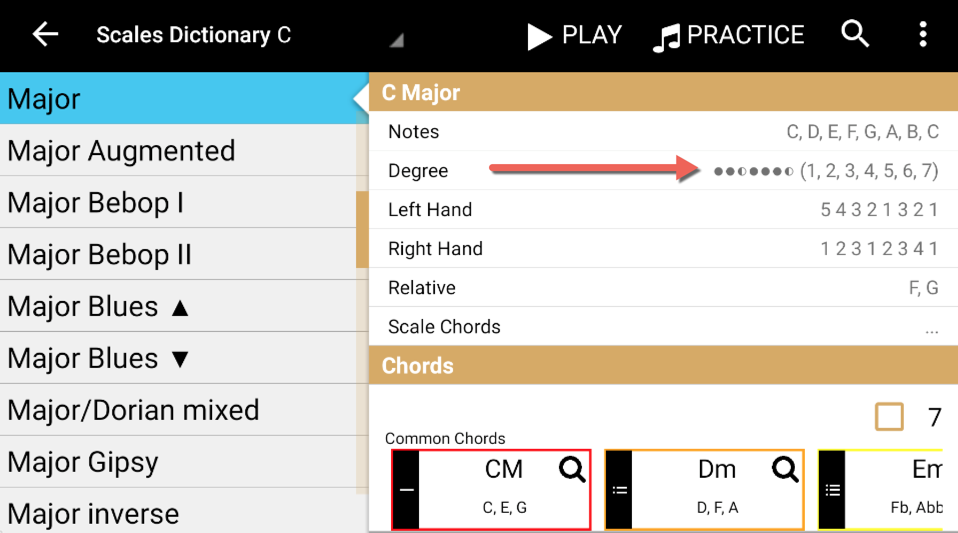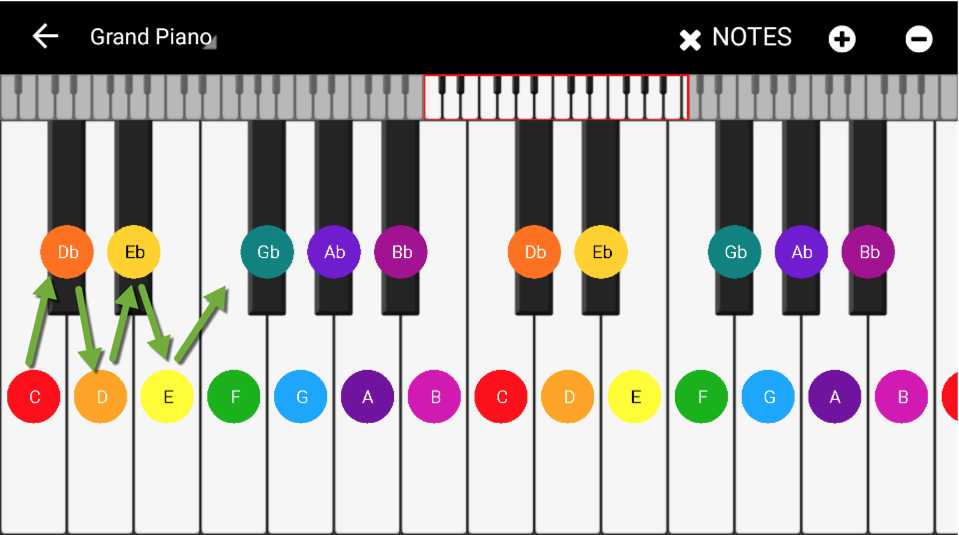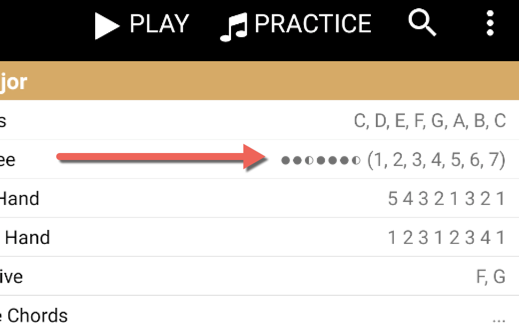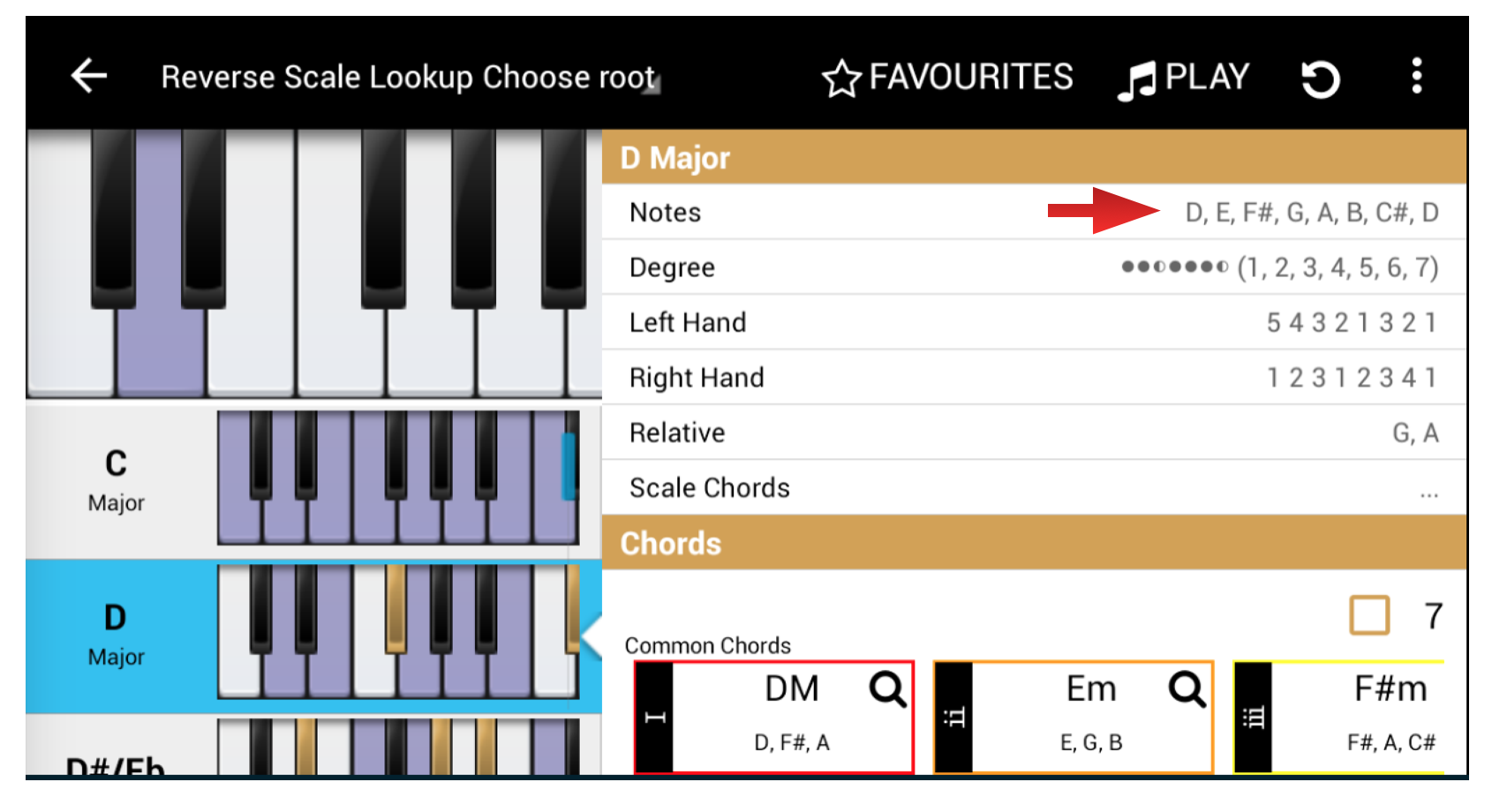How is ‘good’ defined when it comes to music? Have you ever wondered what makes a chord progression ‘good’? All of them are excellent questions that we are trying to answer on today’s topic!
Music History 101:
Back in the day, in the 1200s or so – really way back – music was considered an exclusive form of art, and as such, not suitable for everyone to perform and don’t even think about learning it! This was because the Catholic Church was the prevailing power in that time, and considered that such a beautiful gift like the music should be used for the sole purpose of praising God, leaving any other purpose in the heretic area, and as a prevailing power, the Church limited the musical teachings to clerical orders only.
However, those clerical orders observed some acoustic phenomena that were the Beauty Canon back then. Certain intervals were considered ‘good’ due to their acoustic properties: the perfect fifth, the octave and the perfect fourth, because of their overtones, (i.e. sounds so high in pitch that we are unable to hear clearly) produced a distinguishable stable sensation – this stability sensation is what we call consonance, a key concept for a ‘good sounding’ music.
Later on, in a period we know as Renaissance, as the Church became more open and tried to get closer to their congregation (i.e. all the people), some clerics started to pass on the musical knowledge to the nobility and their families. This brought an enhancement in what would be considered consonance, adding up the major third, the minor third, the major sixth and the minor sixth intervals.
In the 1600s we already have the basis of our modern tonal system, consisting in the following intervals: major 2nd, 3rd, 6th and 7th; minor 2nd, 3rd, 6th and 7th; perfect 4th, 5th and 8th. Some musical theorists had the idea of combining sounds by overlaying consecutive 3rds of a major or minor scale: C – E – G for C major scale, C – Eb – G for C minor scale. And that’s how the chord theory (i.e. harmony) was born!
The ‘Good’ in music
All this chord system was entirely based on the combination of consonances starting from the note that gives name to a chord (i.e. the tonic); let me give you an example:
- C major chord is formed by C – E – G. The tonic of the chord would be C, since the chord is called ‘C’ major
- From C to E there’s a major third: a consonance
- From C to G there’s a perfect fifth: another consonance
- Consonance + Consonance = Consonance
This consonance combination is what defines what sounds ‘Good’ in any musical context, and all their theoretical aspects are condensed in what we call Harmony.
What makes a Good Chord Progression?
When you take any major scale in any key, and you analyze it note by note, you get a series of tonal degrees, which we number using roman numbers:
C D E F G A B C I - II – III – IV – V – VI – VII - I
Now we overlay third by third in each degree to get the chords for every degree, you must look at each degree vertically:
G A B C D E F G E F G A B C D E C D E F G A B C I IIm IIIm IV V VIm VIIdim I
Chords for I, IV and V are considered major chords since there’s no letter in them.
Since the IV degree is placed a half step away from the III degree, and the same occurs from VII to I, we are going to call IV (F note) and VII (B note) our leading tones for C major scale. If you want to find the leading tones for any other key just look at their IV and VII degrees. For example, in G major scale would be C (IV) and F# (VII).
Here comes the nice part: every time you put a chord after another you create a chord progression, but anytime you put a chord after another chord that shares one or more notes with the first one you create a Good Chord Progression! Let’s see some examples:
- Moving from I to III there are two common notes: G and E
- Moving from V to I there is one common note: G
- Moving from II to V there is one common note: D
- Moving from VI to IV there are two common notes: A and C
This way you can make a good chord progression following this simple tip:
And if you repeat it over and over, you will find it very pleasing to the ear!
Of course, you can combine chords with no common notes between them to achieve a musical effect called contrast:
Explore multiple combinations with Songtive so you can find many chord progressions that fit your songs!
How can I use it?
- Enter the Songtive.com and start a new song (or for better sound quality use our iPhone/iPad/Android app)
- In the line below just input your progression and press the ‘+’ button at the right
